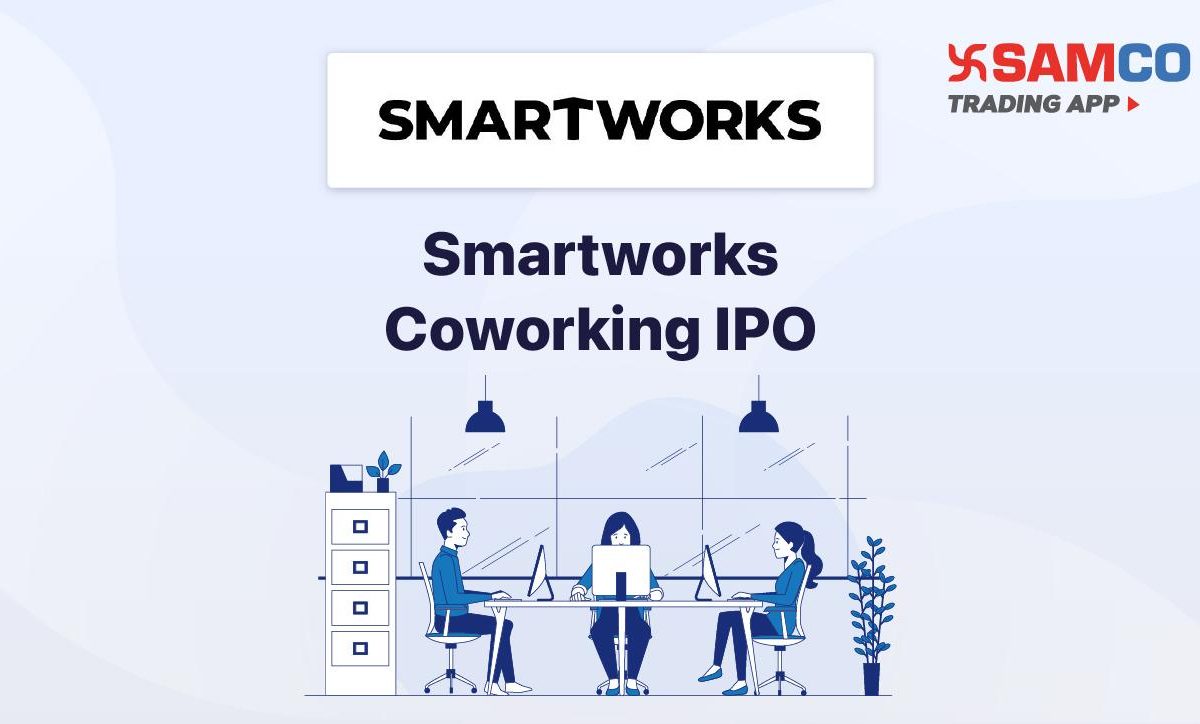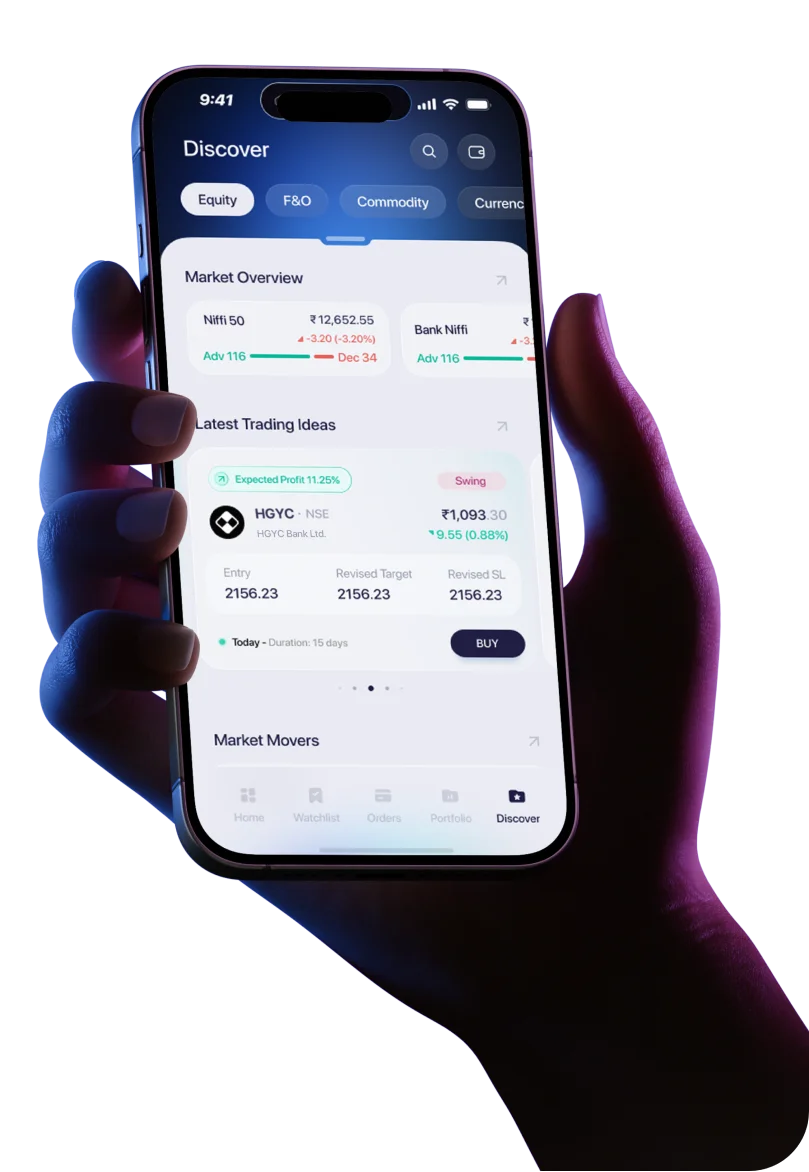Introduction:
The company operates an integrated office experience and managed campus platform. As of March 31, 2024, it was the largest managed campus operator among benchmarked peers in terms of total stock, with a lease-signed portfolio of 8.0 million square feet. By March 31, 2025, it leased and managed a total super built-up area (SBA) of 8.99 million square feet.
The company focuses on mid-to-large enterprises and has built a steadily growing client base comprising Indian corporates, multinational companies operating in India, and startups. Its campuses are designed with modern, aesthetically appealing spaces using an extensive design library, proprietary technology solutions, and amenities such as cafeterias, sports zones, smart convenience stores, gymnasiums, crèches, and medical centres. These amenities are designed both to meet employees’ daily needs and to serve aspirational purposes, fostering collaboration, team-building, and overall well-being, thereby creating a vibrant and engaging work environment.
The managed campus platform spans 8.99 million square feet across 50 centres in 15 cities, including Bengaluru (Karnataka), Pune (Maharashtra), Hyderabad (Telangana), Gurugram (Haryana), Mumbai (Maharashtra), Noida (Uttar Pradesh), and Chennai (Tamil Nadu), with a capacity of 203,118 seats as of March 31, 2025. As of June 30, 2025, the company served 728 clients with 169,541 occupied seats out of 190,421 available seats, resulting in an occupancy rate of 89.03%. The company has also leased two centres in Singapore with a total SBA of 35,036 square feet, serving 83 clients as of June 30, 2025.
The company's business model typically involves leasing entire or large bare-shell properties in prime locations from landlords and transforming them into fully serviced, aesthetically pleasing, and tech-enabled campuses with daily-use and aspirational amenities. Its centres provide clients’ employees with modern, attractive work environments and cater to team sizes ranging from fewer than 50 to over 6,300 seats, with a particular focus on mid-to-large enterprises requiring over 300 seats.
In FY 2023, the company launched value-added services (VAS) through revenue-sharing arrangements with service partners, offering amenities such as cafeterias, sports zones, smart convenience stores, gymnasiums, crèches, and medical centres. Service partners include Chaipoint (Mountain Trail Foods Private Limited), Park+ (Parviom Technologies Private Limited), ClearTax (Defmacro Software Private Limited), Nutritap Technologies Private Limited, and CloudKitch Private Limited.
Additionally, in 2024, it introduced fit-out-as-a-service (FaaS), leveraging its extensive design library and vendor network to deliver tailored design-and-build solutions for customers’ offices, typically on an advance-payment basis. Both VAS and FaaS are ancillary, asset-light businesses with low capital investment requirements and minimal upfront capital deployment. These services represent attractive margin-accretive revenue streams, supporting client retention and offering opportunities to engage with new clients.
IPO Details:
</table class="itstocks">Objectives of Issue:
- Repayment/ prepayment/ redemption, in full or in part, of certain borrowings availed by the Company.
- Capital expenditure for fit-outs in the New Centres and for security deposits of the New Centres
- General corporate purposes
Key Strengths:
- Catering to Diverse Client Segments—Focus on Mid to Large Enterprises
The company serves teams of all sizes, from fewer than 50 seats to over 6,300 seats, with a specific emphasis on mid and large enterprises that typically require more than 300 seats. Notably, its largest client deal sizes have scaled from over 3,500 seats in Fiscal 2023 to over 4,800 seats in Fiscal 2024, and exceeded 6,300 seats in Fiscal 2025—demonstrating its strong value proposition and clear focus on serving large-scale clients.These mid-to-large enterprises generally enter long-term contractual arrangements, committing to extended tenures and lock-in periods that enhance business stability and revenue predictability. Such clients often have a multi-city or multi-centre presence, spanning both Tier 1 and Tier 2 cities. Existing partnerships with these enterprises allow the company to anticipate their evolving workspace needs and align its own growth strategy accordingly.
- High Client Retention
The company’s presence across multiple Tier 1 and Tier 2 cities, combined with its quality offerings and value-added services, has contributed to a retention rate of 86% in Fiscal Year 2025. While the retention rate has seen some decline over the past three years, there has been an absolute increase in the number of retained seats. A high seat retention rate reduces dependence on property consultants and brokers to drive occupancy growth across its workspaces.
- Strong Execution Capabilities Supported by Cost Efficiencies, Processes, and Technology
The company’s commercial model and standardised operations align with the price-sensitive ethos of the Indian market. By investing in the initial workspace build-out costs and delivering cost-effective, sustainably priced flexible workspace solutions, it enables clients to realise financial and capital efficiencies by focusing their investments on core business operations.According to the CBRE Report, the typical fit-out cost for flexible workspace centres is approximately ₹ 2,400 per square foot of leasable area. Average operating expenditure, including CAM charges, ranges between ₹ 40–60 per square foot per month in Tier 1 city clusters. In comparison, as of March 31, 2025, the company’s budgeted capital expenditure stood at approximately ₹ 1,350 per square foot—significantly lower than industry benchmarks. Its monthly centre operating costs ranged from ₹ 34.00 to ₹ 36.00 per square foot, also below the typical market range.The scale of its operations allows the company to benefit from higher area efficiencies and economies of scale. It typically leases entire or large properties on long-term agreements (averaging 10–15 years) with typical lock-in periods of up to five years. This approach provides financial flexibility to invest in durable, reusable, and easy-to-maintain fit-outs of the desired quality, thereby optimising installation costs.
- Capital Efficiency Driven by Financial Acumen and Strategic Execution
The company has demonstrated capital-efficient operations, with an expected payback period for operators of 51–52 months from the start of the fit-out cycle, and approximately 45–46 months from commencement of operations (Source: CBRE Report). In contrast, as of March 31, 2025, the company’s average payback period for mature centres is notably lower at 30–32 months from the deployment of capital for fit-outs.Its financial model is designed to optimise equity use for capital expenditure and working capital requirements. The company also leverages customer deposits to partially fund its fit-out investments. Furthermore, its long-term contracts and strong relationships with large enterprise clients enable it to secure lease rental discounting at competitive rates from major financial institutions by using these locked-in rental payments as collateral.
- Effective Risk Mitigation Strategies
By targeting mid-to-large enterprises, the company benefits from longer lock-in periods and stronger client retention. Its pricing strategy is designed to ensure that rental revenue from clients is at least double the lease rentals payable to landlords.As of March 31, 2025, the company’s contracted lease rental income from existing client agreements fully covers its rental obligations for Fiscal 2026 and Fiscal 2027, in line with the lease agreements executed with landlords. In addition, it pursues a diversification strategy by typically restricting exposure to any single client to no more than 30% of the space in a centre (or 0.15 million square feet), minimising revenue concentration risk and mitigating the impact of potential client move-outs.Risks:
- Risk of Non-Renewal of Leases by Existing Landlords
The company generally leases entire or large properties from passive or non-institutional landlords—owners who may lack the capability to efficiently manage their properties or attract high-quality tenants, and therefore seek a reliable partner to transform and manage their commercial spaces. While to date all existing landlords have renewed their lease agreements, there is no assurance they will continue to do so upon expiry—especially on favourable commercial terms, or at all. Existing landlords may also choose to partner with competitors offering better commercial terms. Any failure to renew leases or negotiate favourable renewals could adversely impact the company’s business operations, cash flows, financial performance, and overall results.
- Client Payment and Contract Enforcement Risk
The company has in the past experienced—and may continue to face—premature terminations of client agreements. Even though many of its agreements include lock-in periods during which clients are obligated to continue lease payments without termination, clients may fail to honour these contractual payment obligations, and the company may be unable to recover the lease rentals due.For example, the company has initiated legal proceedings against a former client before the Commercial Court in Bengaluru for terminating their agreement during the lock-in period without paying the outstanding lease rentals for the remainder of that period. Additionally, clients may terminate agreements without any notice period if, for instance, the underlying lease arrangement with the company's landlord is terminated and the company cannot provide suitable alternate accommodation. Notably, certain clients have terminated agreements without serving the required notice period during the last three fiscal years. In such cases, the company risks non-recovery of pending dues, including lease rentals for the full lock-in period.
- Risks Associated with Variable Rental Contract Model
As part of its strategic expansion plans, the company intends to grow its presence in variable rental and management contract models. Under the variable rental model, the company bears the capital expenditure costs up front, but rental payment obligations to landlords commence only once it has successfully leased out the respective space to its clients.However, the company may face challenges in convincing landlords—particularly those owning or leasing commercial workspaces in desirable locations—to adopt this model due to competitive market pressures. The long-term sustainability of this model is not guaranteed. Furthermore, any inability to effectively manage existing landlord relationships under this model, or to attract new landlords willing to adopt it, could limit the company’s operational footprint, constrain its revenue generation, and hinder its overall growth prospects.Financial Snapshot:</table class="itstocks">KPI comparison with Industry Peers</table class="itstocks">ConclusionThe commercial office segment in India is poised for robust growth, driven by strong demand from domestic enterprises. Additionally, the sector has benefited from India’s position as a preferred destination for Global Capability Centers (GCCs) and multinational corporations establishing their offices here. Thanks to its distinctive value proposition and differentiated product offerings, the company is well-positioned to generate consistent demand while effectively managing its supply.From a financial perspective, the company has delivered significant revenue growth and operates with high EBITDA margins. However, its elevated debt levels have resulted in a very low interest coverage ratio, contributing to net losses over the past three years.In peer comparisons, the company has outperformed certain benchmarks while underperforming on others. Given its current negative earnings, P/E-based valuation is not applicable.Overall, the company has strong underlying fundamentals and stands to benefit from the promising growth outlook for the commercial real estate sector. The stock could represent a compelling long-term investment opportunity once it begins delivering consistent positive profits (PAT). Until then, however, it may be prudent for investors to remain cautious and avoid exposure.
IPO Date | July 10, 2025 to July 14, 2025 | ||
Face Value | ₹ 10/- per share | ||
Price Band | ₹ 387 to ₹ 407 per share | ||
Lot Size | 36 shares and in multiples thereof | ||
Issue Size | ₹ 582.56 crores | ||
Fresh Issue | ₹ 445 crores | ||
OFS | ₹ 137.56 crores | ||
Expected Post Issue Market Cap (At upper price band) | ₹ 4,644.82 crores | ||
Particulars | FY ended 31/3/24 | Fy ended 31/3/23 | Fy ended 31/3/22 |
Revenue ((in ₹ million) | 13,741 | 10,394 | 7,114 |
Growth | 32.20% | 46.10% |
|
EBITDA (in ₹ million) | 8,573 | 6,597 | 4,240 |
Growth | 29.95% | 55.58% |
|
Net Profit ((in ₹ million) | -632 | -500 | -1,010 |
Growth |
|
|
|
EBITDA Margins | 62.39% | 63.47% | 59.60% |
PAT Margins | -4.60% | -4.81% | -14.20% |
Interest Coverage Ratio | 0.76 | 0.79 | 0.42 |
Debt to Equity | 2.90 | 6.87 | 8.84 |
ROCE | 42.30% | 28.12% | 11.90% |
Particulars | Smartworks Coworkings Limited | Awfis Space Solutions | |
Revenue Growth | 39% | 49% | |
3 Years Average EBITDA margins | 61.82% | 31.07% | |
3 Years Average PAT Margins | -7.87% | -1.67% | |
3 years average Debt to Equity | 6.20 | -11.71 | |
3 Years Average Interest Coverage Ratio | 0.66 | 0.89 | |
P/E Ratio | - | 104 | |
ROCE | 27% | 43% |




 Easy & quick
Easy & quick
Leave A Comment?